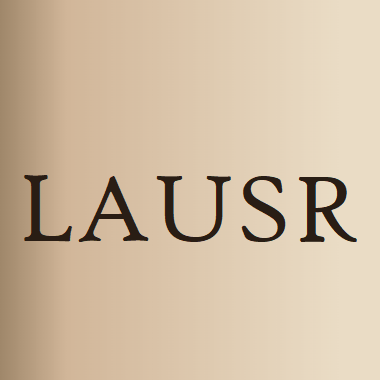
Background Transarterial chemoembolization (TACE) is the most common treatment for patients with HCC who are unsuitable for radical therapies. Conventional TACE (cTACE) takes advantage of the preferential hepatic arterial supply… Click to show full abstract
Background Transarterial chemoembolization (TACE) is the most common treatment for patients with HCC who are unsuitable for radical therapies. Conventional TACE (cTACE) takes advantage of the preferential hepatic arterial supply of HCC for the targeted delivery of chemotherapeutic agents suspended in lipiodol, followed by embolization or reduction of arterial flow using various types of particles while sparing the surrounding liver parenchyma. Aims and Objectives. The current study is aimed at comparing the efficacy and safety profiles of transarterial infusion of recombinant human type-5 adenovirus (H101-TACE) with conventional transarterial chemoembolization (cTACE) in patients with unresectable hepatocellular carcinoma (HCC). Methods Unresectable HCC patients that received H101-based TACE or cTACE from August 2018 to September 2021 were retrospectively evaluated. Propensity score matching (PSM) has a 1 : 1 ratio to eliminate possible confounder imbalances across cohorts. The main outcome was overall survival (OS), while secondary outcomes were progression-free survival (PFS) and tumor response. Results This study included 111 patients classified across two cohorts: the H101-TACE cohort (n = 37) and the cTACE cohort (n = 74). Median OS within the H101-TACE cohort was 9.0 months longer than within the cTACE cohort before PSM (22.1 vs. 13.1 months, P = 0.043) and 9.3 months longer following PSM (22.1 vs. 12.8 months, P = 0.004). The median PFS within the H101-TACE cohort was 3.2 months longer compared to the cTACE cohort before PSM (6.5 vs. 3.3 months, P = 0.046) and 2.5 months after PSM (6.5 vs. 4.0 months, P = 0.012). The disease control rate for H101 and control cohorts was 81.1% and 59.5%, accordingly (P = 0.039). Conclusion The present study demonstrated that the H101-TACE is safe and efficient and can considerably enhance prognostic results for unresectable HCC compared to cTACE.
Journal Title: Applied Bionics and Biomechanics
Year Published: 2022
Link to full text (if available)
Share on Social Media: Sign Up to like & get
recommendations!